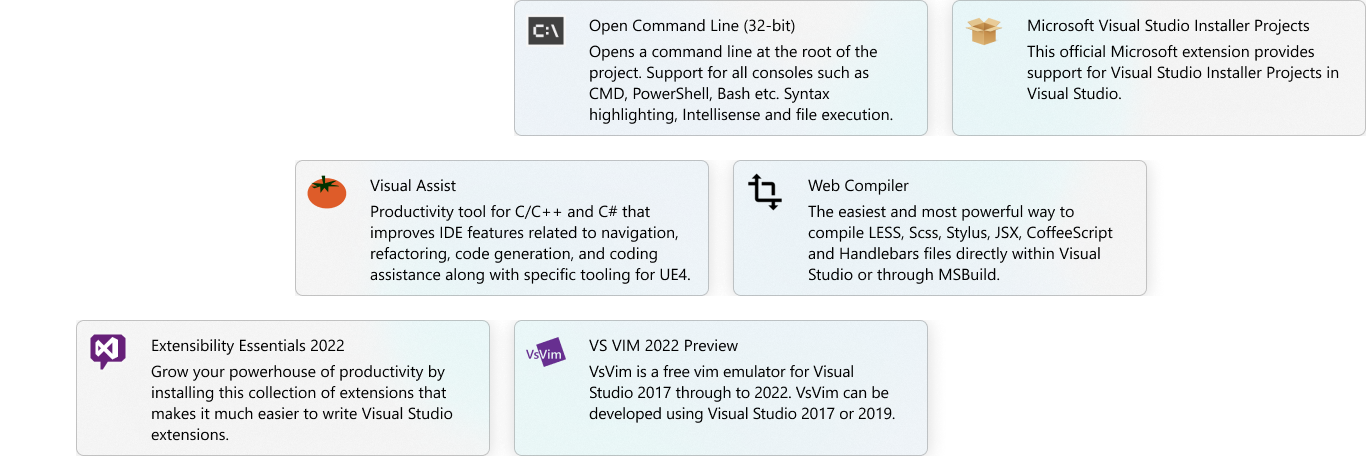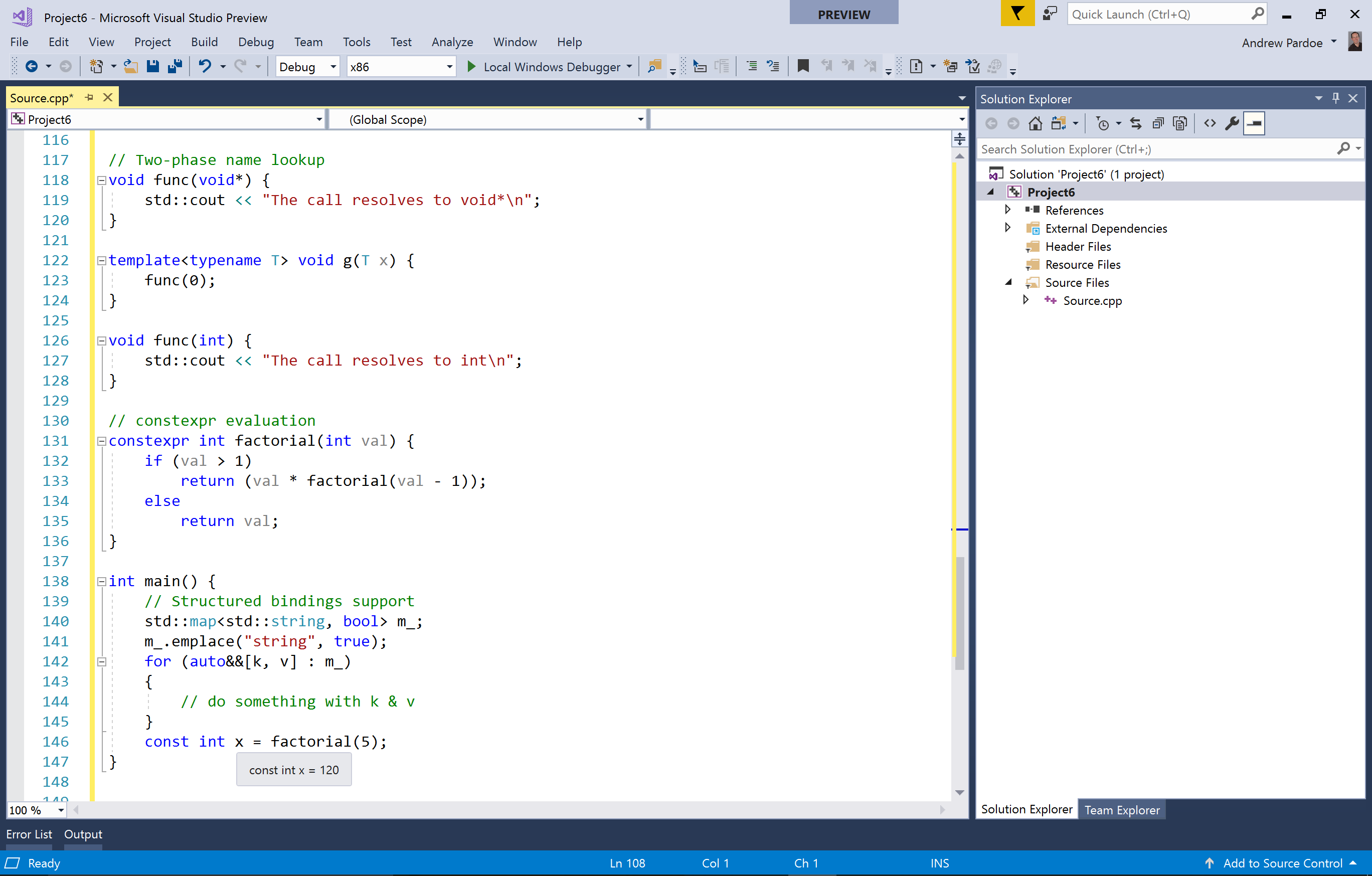

- #C programming on mac visual studio 2017 how to
- #C programming on mac visual studio 2017 .exe
- #C programming on mac visual studio 2017 drivers
- #C programming on mac visual studio 2017 pro
You can use Visual Studio 2019 (compiler toolset v142) or Visual Studio 2017 (v141) to edit and build programs using the toolset from Visual Studio 2017 (v141) and Visual Studio 2015 (v140). Visual Studio 2015, 20 can be installed side-by-side.
#C programming on mac visual studio 2017 drivers
You can use MSVC to write anything from simple console apps to the most sophisticated and complex apps for Windows desktop, from device drivers and operating system components to cross-platform games for mobile devices, and from the smallest IoT devices to multi-server high performance computing in the Azure cloud. These tools and libraries let you create Universal Windows Platform (UWP) apps, native Windows desktop and server applications, cross-platform libraries and apps that run on Windows, Linux, Android, and iOS, as well as managed apps and libraries that use the.

Microsoft Visual C++ (MSVC) refers to the C++, C, and assembly language development tools and libraries available as part of Visual Studio on Windows. If you're looking for a Microsoft Visual C++ Redistributable package so that you can run a program, see the latest supported Visual C++ downloads. It's found at the top of the table of contents on this page. To see the documentation for your preferred version of Visual Studio, use the Version selector control. There'a some older Xamarin stuff and MonoDevelop but I want the most current stuff so I don't get too confused if certain libraries are renamed or things are done differently.This developer documentation applies to Visual Studio 2015. So far I've been having trouble finding material that is specific to Visual Studio 2017 Mac. Xamarin GUI platforms!? I'm really hoping VS-Mac2017 works out as well! It could be a promising relaunch of my hobby of writing C# apps but in a native Mac environment Mac/iOS and Windows all in one solution sounds amazing to me (oh and I can't forget Androidīut I included that in the Xamarin.Forms I think!!) EverythingĮxcept the Print function worked flawlessly!! I was using Windows.Forms and Mono translated that into the Mono Forms so I imagine that's how Xamarin forms works as well but more cross platform as it's XAMARIN and not WINDOWS forms so it should work on all
#C programming on mac visual studio 2017 .exe
EXE format) that I wrote on Windows to run on an earlier version of MacOS using Mono alone. Studio at one point but it wasn't quite as polished as it appears to be now in VS-Mac 2017. I have a bit of experience with the old Mono Framework and ran a copy of Xamarin I'm so excited about this but I don't even know what are the right questions to ask!! lol.Īlso can someone confirm if I write a "TRUE" Xamarin.Forms app on VS-Mac should it also run on Windows or any other platform that supports Xamarin.Forms (linux maybe?). Sorry if my question is a bit convoluted.

anything? Or can someone recommend a few different resources that will get me refreshed with C# and learning about GUI programming Is there an integrated C#/Mac/VS-Mac2017 book, guide, tutorial, course. If anyone can recommend one or more routes to refresh my C# skills and apply it to Xamarin.Forms and the Mac platform? C# has changed ALOT as a language, but also, when I learned C# it also had Windows.Forms in the same book so I learned GUI and C#/ConsoleĪt the same time. Im really excited to try programming macOS and iOS apps from VS-Mac but I was wondering Ive lost interest up until lately because I've been more focused on a Mac client and I have an iPhone. In Visual Studio 2005 which was revolutionary at the time with.
#C programming on mac visual studio 2017 how to
I self taught myself how to program Windows / Console apps
#C programming on mac visual studio 2017 pro
Its really nice to see Microsoft is embracing C# and Mac now! I'm a MCSE 2003 certified IT pro since 2004 but the past few years I've been leaning towards Mac as my desktop environment.


 0 kommentar(er)
0 kommentar(er)
